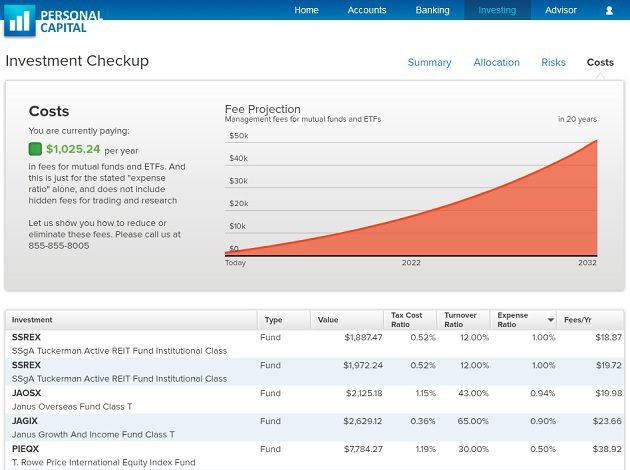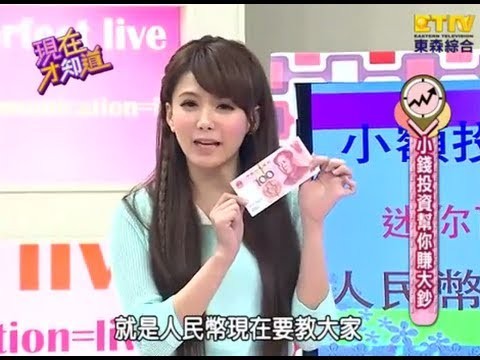5 Mistakes To Avoid With Your ETF Portfolio
Post on: 29 Март, 2015 No Comment

As more and more investors adopt exchange-traded funds in their portfolios, it is becoming increasingly important to understand the opportunities and risks in these unique investment vehicles. The first step to success with trading ETFs is to avoid potential pitfalls, which is why I wanted to point out some of the common mistakes that I see made whenever I am reviewing investors’ portfolios.
1. Don’t Fall In Love With Your ETFs
Fall in love with your wife, your kids, even your pets. But do not make the cardinal sin of falling in love with your investments. I have often seen investors get so enamored with a specific theme, stock, or ETF in their portfolio that they throw out the rules of risk management and end up riding it from a big gain to a big loss. The damage to both your portfolio value and your confidence is one of the reasons that I always use a stop loss or other risk management discipline on every position in my portfolio.
One example of a theme that has fallen out of favor this year is precious metals. The MarketVectors Gold Miners ETF (NYSEARCA:GDX ) as well as the iShares Silver Trust (NYSEARCA:SLV ) have seen their value fall 49% and 38% respectively over the last 9 months. While these ETFs have had fantastic returns in prior years, they have been slowed by a rash of institutional selling and unfavorable economic conditions. Remember that a 50% decline requires a 100% gain to get back to break even. Don’t let these types of declines weigh on your performance like a boat anchor.
2. Be Mindful of Trading Volume and Liquidity
If you are buying or selling the SPDR S&P 500 ETF (NYSEARCA:SPY ) which regularly trades over 150 million shares per day on average, then you don’t have to worry about trade execution. A simple market order will fill your order instantaneously within a penny of the current price. However, a more thinly traded ETF may have disastrous execution prices that can be a huge cost to your performance. An ETF with lower volume will usually have a larger spread between the bid and ask price, which will leave the door open for a market maker to take advantage of you.
As a general rule, I recommend that you look for ETFs that have average daily trading volume of at least 100,000 shares and that you use a limit order for larger positions so that you control your execution price. In addition, you should be cognizant of how liquid the underlying holdings of the ETF are, which may play a factor in the execution and daily pricing of your order as well.
3. Know What You Own and Why You Own It
Just because an investment has a 3 or 4 digit ticker symbol (and isn’t a stock) does not mean that it is an ETF. Remember that there are closed-end funds and exchange-traded notes that often times get mistaken for ETFs.
A closed-end fund has a defined number of shares and can trade at a large premium or discount to the net asset value of the underlying holdings based on investor demand. In addition, a closed-end fund manager may have the ability to use leverage, adjust holdings, and distribute capital at his discretion.
An exchange-traded note is an unsubordinated debt instrument that tracks the return of a specified index. They are backed by the credit worthiness of the bank that issues them instead of the underlying holdings of the fund. These ETNs often times replicate a sophisticated trading strategy or commodity index that is easier to access though this structure.
Be sure to closely research the structure of the fund that you are buying as well as the underlying holdings, expenses, track record, and tax ramifications. This early research can pay huge dividends in your portfolio down the road.
4. Not All ETFs are Created Equal
One of the hidden pitfalls of investing in certain commodity related ETFs is the tax ramifications of their legal structure. What I am referring to is the difference between an ETF that is structured as a trust that generates a 1099 vs. being structured as a partnership that generates a K-1. One of the largest ETFs in the commodity space that is structured as a partnership is the PowerShares DB Commodity Index Tracking Fund (NYSEARCA:DBC ). This ETF tracks a diversified basket of commodities that include precious metals, oil, agriculture, and base metals.

First time investors in DBC, who haven’t done their homework, will be surprised when they receive a K-1 for partnership income that does not correlate to their dividends or capital gains. The reason for this is that the fund must be structured as a partnership in order to participate in buying commodity futures contracts. When you purchase DBC you are considered to be participating in the gains or losses of the partnership and thus receive a K-1 statement that must be dealt with on your tax return.
This additional tax burden may be a headache that individual investors can avoid by simply finding an alternative such as the iPath S&P GSCI Total Return ETN (NYSEARCA:GSP ). The underlying index that GSP tracks is similar to DBC and you won’t receive a K-1 because it is structured as an exchange-traded note.
5. Don’t get Too Overweight In One Area
ETFs by nature are diversified investment vehicles, but often times I review portfolios that are very much overweight in one area such as precious metals, technology, or even cash. I always recommend that you consider using core positions such as the iShares MSCI Minimum Volatility ETF (NYSEARCA:USMV ) or the Vanguard Total Stock Market ETF (NYSEARCA:VTI ) as the building blocks for your asset allocation. Then layer in sectors such as the Healthcare Select Sector SPDR (NYSEARCA:XLV ) or First Trust NASDAQ Technology Dividend Index (NASDAQ:TDIV ) to enhance your returns.
In addition, it’s important to balance your asset allocation across bonds, commodities, and international stocks by expanding and collapsing those sleeves when conditions are most favorable. This will ensure that you are staying diversified and taking a proactive approach to managing your portfolio .
Disclosure: I have no positions in any stocks mentioned, and no plans to initiate any positions within the next 72 hours. I wrote this article myself, and it expresses my own opinions. I am not receiving compensation for it. I have no business relationship with any company whose stock is mentioned in this article.
Additional disclosure: David Fabian, Fabian Capital Management, and/or its clients may hold positions in the ETFs and mutual funds mentioned above. The commentary does not constitute individualized investment advice. The opinions offered herein are not personalized recommendations to buy, sell or hold securities.














